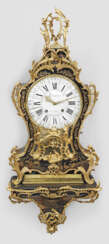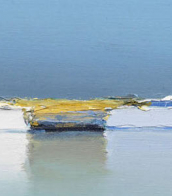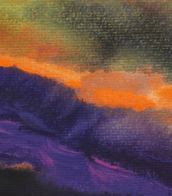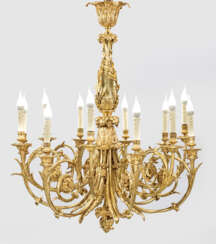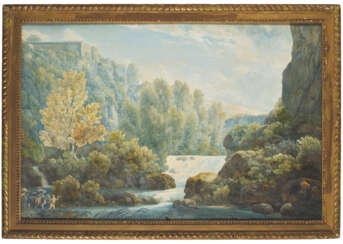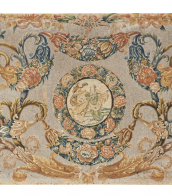sant louis

Louise Joséphine Bourgeois was a French-American artist. Although she is best known for her large-scale sculpture and installation art, Bourgeois was also a prolific painter and printmaker. She explored a variety of themes over the course of her long career including domesticity and the family, sexuality and the body, as well as death and the unconscious. These themes connect to events from her childhood which she considered to be a therapeutic process. Although Bourgeois exhibited with the Abstract Expressionists and her work has much in common with Surrealism and Feminist art, she was not formally affiliated with a particular artistic movement.


Carl Ludwig Christoph Douzette, known as Louis Douzette, was a German landscape painter.


Carl Ludwig Christoph Douzette, known as Louis Douzette, was a German landscape painter.


Heinrich Louis Theodor Gurlitt was a German and Danish painter of the second half of the 19th century. He is known as a Romantic landscape painter, a representative of the Hamburg and Düsseldorf schools.
Louis Gurlitt created canvases that are now part of the Royal Danish collection of paintings. Among his famous works are "Landscape near Salzburg", "Monte Pellegrino", "Ieranto Bay with Fishermen" and "Northern Italian Landscape". His works have been exhibited at the auctions "19th Century Painting" and "19th Century European Painting", and the painting "Norwegian Landscape" was sold in 2012 at Sotheby's London for $22,174.




Louise Joséphine Bourgeois was a French-American artist. Although she is best known for her large-scale sculpture and installation art, Bourgeois was also a prolific painter and printmaker. She explored a variety of themes over the course of her long career including domesticity and the family, sexuality and the body, as well as death and the unconscious. These themes connect to events from her childhood which she considered to be a therapeutic process. Although Bourgeois exhibited with the Abstract Expressionists and her work has much in common with Surrealism and Feminist art, she was not formally affiliated with a particular artistic movement.


Louis Valtat was a French painter and printmaker associated with the Fauves ("the wild beasts", so named for their wild use of color), who first exhibited together in 1905 at the Salon d'Automne. He is noted as a key figure in the stylistic transition in painting from Monet to Matisse.


Louis-Simon Boizot was a French artist of the second half of the 18th and early 19th centuries. He is known as a sculptor of the neoclassical style. Boizot was widely famous for the production of busts of prominent people of France and multi-figure sculptural compositions of Sevres porcelain.
Louis-Simon Boizot is the most famous representative of the family dynasty of artists. His father Antoine Boizot was a painter and his younger sister, Marie-Louise-Adelaide Boizot, a draftsman and engraver. Louis-Simon Boizot enjoyed the special patronage of King Louis XVI and Queen Marie-Antoinette, while the Russian Empress Catherine II personally ordered original porcelain pieces from the master.
Boizot was also often engaged in the manufacture of sculptural decorations for the public buildings of Paris - churches and palaces. He mastered the techniques of processing a variety of materials and created masterpieces not only of marble, but also of porcelain and bronze.
In 1805 Boizot was appointed head of the French National Academy of Arts.


Abraham-Louis-Rodolphe Ducros was a Swiss painter, watercolourist and engraver, and was a main figure in the 'pre-romantic' movement.
Ducros is notable among watercolourists of his time for his large canvases, limited palette and forceful tones (achieved through application of gum) which allowed his paintings to be hung alongside oils at exhibitions.

Louis Anquetin, a French painter, was a distinctive figure in the Post-Impressionist movement, known for his development of the Cloisonnism style alongside Émile Bernard. This style is characterized by bold outlines and flat areas of color, significantly influencing the aesthetic directions of their contemporaries. Anquetin’s career began in Paris, where he immersed himself in the avant-garde art scene, mingling with notable artists like Henri de Toulouse-Lautrec and Vincent van Gogh.
Louis Anquetin's works, such as "The Avenue de Clichy at Five o'clock" and "Woman at the Champs-Élysées by Night," reflect his fascination with Parisian street scenes and the vibrant nightlife of the city. These works are celebrated for their dynamic use of color and form, capturing the essence of urban life with a dramatic flair.
In the later part of his career, Anquetin shifted his focus towards studying the techniques of the Old Masters, particularly Pieter Paul Rubens, and even authored a book on Rubens in 1924. This marked a significant transition from his earlier avant-garde styles to a more traditional approach in his later works.
Louis Anquetin’s contributions to both the Post-Impressionist movement and his later academic studies remain influential. His works can be found in various prestigious collections, including the Musée d'Orsay and the Tate, highlighting his lasting impact on the art world.
For those interested in exploring more about Louis Anquetin's works or collecting his art, staying informed about exhibitions and sales is crucial. You can sign up for updates related to Anquetin's artwork and auction events, ensuring you never miss an opportunity to view or acquire his influential pieces.


Louis Valtat was a French painter and printmaker associated with the Fauves ("the wild beasts", so named for their wild use of color), who first exhibited together in 1905 at the Salon d'Automne. He is noted as a key figure in the stylistic transition in painting from Monet to Matisse.

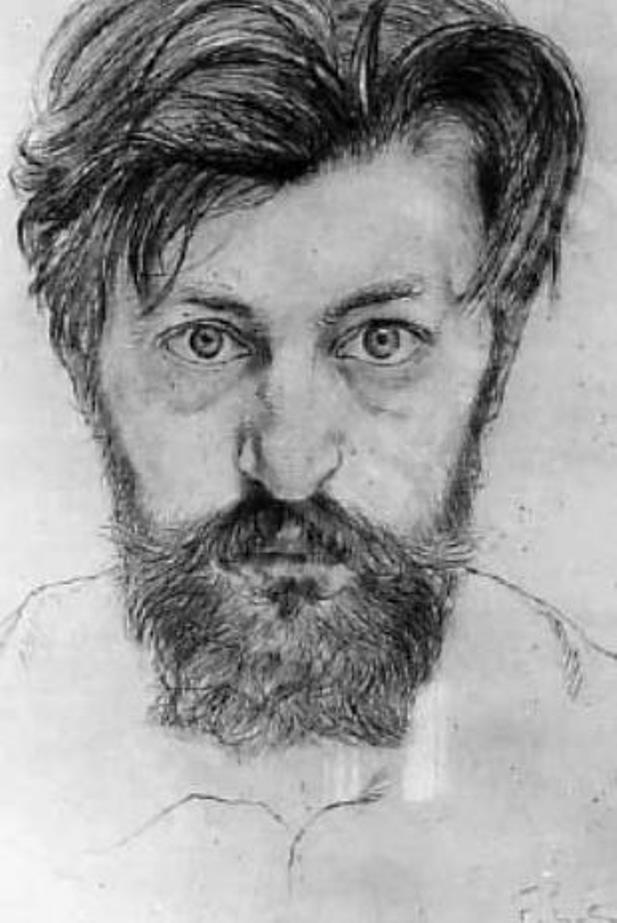
François-Louis Schmied was a French painter, illustrator, wood engraver, printmaker, editor and Art Deco binder.
François-Louis studied wood engraving at the École des Arts industriels in Geneva and painting at the École des Beaux-Arts de Genève. A Swiss, Schmied settled and naturalized in France in 1895. In 1910, he was commissioned to engrave and print Paul Jouve's illustrations for Rudyard Kipling's The Life of the Jungle, which was not published until 1919. For this book, now considered a masterpiece, the master produced about 90 color illustrations. Thanks to the success of this publication, Schmied was able to expand his activity and hire a group of craftsmen to execute his most famous and innovative works.
François-Louis Schmied is considered one of the greatest Art Deco artists and became particularly famous for his beautiful rare books for bibliophiles. Schmied's unique books were very expensive to produce, which required a lot of time and effort, and were always printed in very limited editions, from 20 to 200 copies. During the Great Depression, Schmied's expensive projects could not withstand the competition: the master was forced to sell off almost all his assets and close his workshop and store, and around 1932 he left for Morocco, where he died.
François-Louis Schmied's works are not only aesthetically pleasing, but also express his desire to combine art and literature. The talented artist conveyed with passion and precision the essence of the Art Deco style contemporary to him. Today, Schmied's works, reissued as fine art reproductions, not only convey the aesthetics and precision inherent in each of his originals, but also add a new dimension to them. His son, Theo Schmied, took over François-Louis Schmied's workshop in 1924, reviving its former glory and revitalizing it over time.



Louis Marcoussis (Ludwig Casimir Ladislas Markus) was a painter and engraver of Polish origin who lived in Paris for much of his life and became a French citizen.





